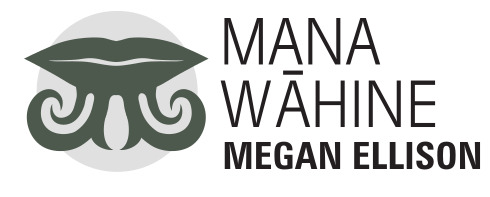
What does being from Otago mean to you?
I write this because I feel like Otago is getting a raw deal now, a political hiding, a targeted punch to the face and I am not going to sit here and apologise for my parochial stance. I love Otago, I love Dunedin, it’s my village, my home, and it’s an amazing place to live and I have felt privileged to raise my children here.

It’s more than just a love for Otago ... it’s more than that for me, it’s a blue and gold that courses through my veins. Whenua is land but it’s also the afterbirth of my myriad ancestors here that plant my feet firmly on this soil. Their bones are here, hidden in a cave, lying under a pristine-looking Logan Park, buried more recently in our urupā (cemetery). I know I have a long-standing connection to place here, not just of a few years, but many hundred.
My southern tribal whakapapa is ancient and stems from mountainous ancestors who carved out the icy and deep fiords inland to the peninsulas on the coast. I descend from the intersection of waves of people who occupied the southern waters and land. I have always said to my children that their Kāi Tahu genes are different from others. They were made for long-distance travel, moving from the coast to the mountains and survival in challenging conditions, their metabolism is slow releasing. They aren’t 50m sprint runners but more your triathlon, marathon type. Basically, they have inherited different traits and have a survival mechanism that comes from their Ōtākou occupation and bloodlines.

In a timeline, this now arrives at another pivotal juncture in our Otago history and I believe it speaks to who we are as children of this extraordinary backcloth and tale. It also crosses cultures, including Māori, Pākehā and Chinese, and that juncture is gold-mining. It changed the trajectory of my whānau and that reverberated out for generations and impacted on whānau, hapū and iwi.
In 1863, my great-great-grandfather Rāniera Ellison found 300 ounces of gold in the Shotover River. My dad retells the whānau story that his dog had fallen into the river and when he surfaced his coat revealed gold dust. By nightfall, Raniera and his friend, Hakaraia Haeroa, had uncovered a significant weight in gold. Consequently, Māori Point in the Shotover River, Queenstown, was named after Rāniera and this event.
Rāniera Ellison was a half-caste Māori male born in 1839 in Korohiwa, in the Wellington area. In an environment that was rapidly changing for the indigenous people of New Zealand, the gold-find allowed Rāniera to forge a path of success for himself and his family. In fact, Rāniera’s instant wealth transformed his life and his legacy lives on today within his Māori community, Ōtākou. During the early years of European settlement, prior to the establishment of government, Māori flourished in the free-trade environment.
But in a climate where colonisation and Western democracy had disenfranchised individual Māori from political power and the capital to participate in the new economy, gold-mining offered a chance at economic success. It was an opportunity that was not impeded by class, status or ethnicity.
Gold-mining allowed Māori an equal footing with Europeans, free of restrictions and tariffs. Rāniera was not the only example of a Māori goldminer in this time period. Many Māori enthusiastically took up the opportunity, relishing the chance of finding their fortune and there are many accounts of their experiences in the goldfields. It enabled steady income, well maintained and productive lands, good housing, great education and social mobility.
All of this opportunity was far reaching and inter-generational and was directly related to Rāniera’s gold.
So, I know the strong backbone of Otago and how it was the financial capital of New Zealand and I understand the leadership that has risen up from those seminal years. I have benefited from the layers of woven genealogy and history and we are unique, yes, a tad self-deprecating, a sort of number eight wire breed. There is beauty in those traits, in our history and in our landscape.
So, if we are targeted or not, we know who we are, we know our history, we can recite the breadth of it. I always take our past with me, it gives me strength and is a reminder of our tough beginnings and I know without a doubt that Otago is and will always be great.












